Vittorio De Sica: Master of Italian Neorealism in Cinema
Vittorio De Sica, an Italian film director, actor, and one of the most prominent figures of the neorealist
movement, left an indelible mark on the world of cinema. His innovative storytelling, deep social insights,
and a unique blend of realism and emotion have earned him a place among the greatest filmmakers in
history. This article delves into the life, works, and legacy of Vittorio De Sica, exploring how he
revolutionized filmmaking through the lens of neorealism. Before transitioning to directing, De Sica’s acting career flourished, earning him recognition and respect in the Italian film industry.
The Neorealist Movement:
In the aftermath of World War II, Italy underwent a period of profound socio-economic and political
transformation. It was in this context that De Sica, along with other pioneering filmmakers like Roberto
Rossellini and Luchino Visconti, helped shape the neorealist movement. Neorealism aimed to depict the
harsh realities of post-war Italy, focusing on ordinary people and their struggles. De Sica’s films, such as
“Shoeshine” (1946) and “Bicycle Thieves” (1948), are emblematic of this movement, emphasizing human
experiences over extravagant plots.
“Bicycle Thieves”:
De Sica’s magnum opus, “Bicycle Thieves,” is perhaps his most celebrated work. The film tells the story of a desperate father’s quest to find his stolen bicycle, essential for his job. Through this simple narrative, De
Sica captures the essence of poverty, dignity, and the bond between a father and his son. Shot on the
streets of post-war Rome with non-professional actors, the film achieved an unprecedented level of
authenticity that resonated with audiences worldwide.
Evolution of Style:
As De Sica continued to direct, his films evolved to incorporate a broader spectrum of emotions while
maintaining his commitment to realism. “Umberto D.” (1952) offers a poignant portrayal of an elderly
man’s struggles, highlighting themes of isolation and societal neglect. De Sica’s versatility was evident in
“Miracle in Milan” (1951), a whimsical take on fantasy and social commentary.
Legacy and Influence:
De Sica’s influence extended beyond the confines of Italian cinema. His films not only garnered
international acclaim but also inspired generations of filmmakers worldwide. The neorealist principles he
championed left an indelible mark on cinematic storytelling, encouraging a shift towards more authentic
and socially relevant narratives. Directors such as Satyajit Ray, Abbas Kiarostami, and Ken Loach found
inspiration in De Sica’s approach, incorporating his realism into their works. Vittorio De Sica’s impact on
cinema is immeasurable. His commitment to portraying the human experience with unfiltered honesty, his
innovative use of non-professional actors, and his ability to capture the complexities of post-war Italy have solidified his status as a true cinematic luminary. Through his neorealist masterpieces like “Bicycle Thieves,” De Sica demonstrated that even in the bleakest of circumstances, the silver screen could illuminate the resilience, dignity, and beauty of the human spirit.
Click here to watch the whole movie
Have a look at our articles!


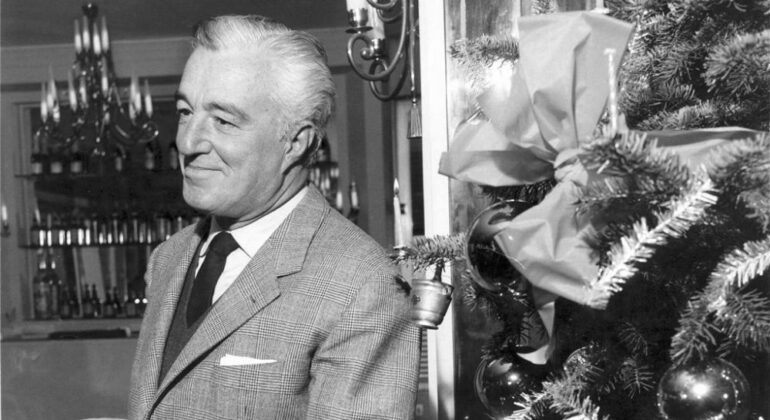

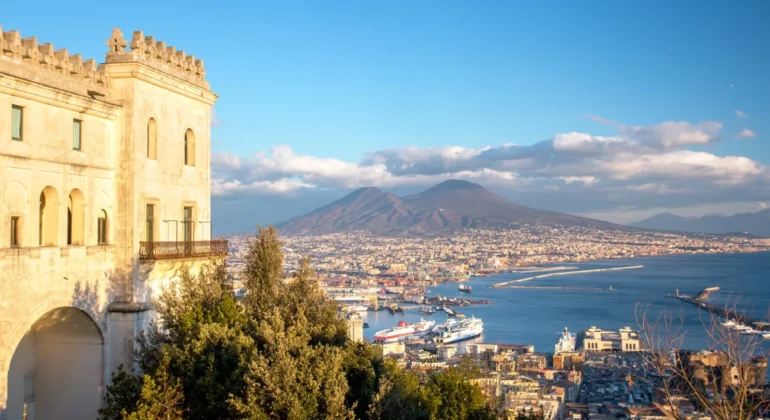

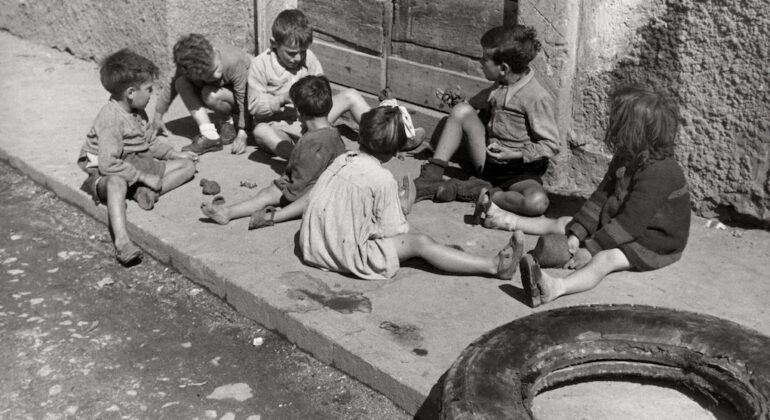
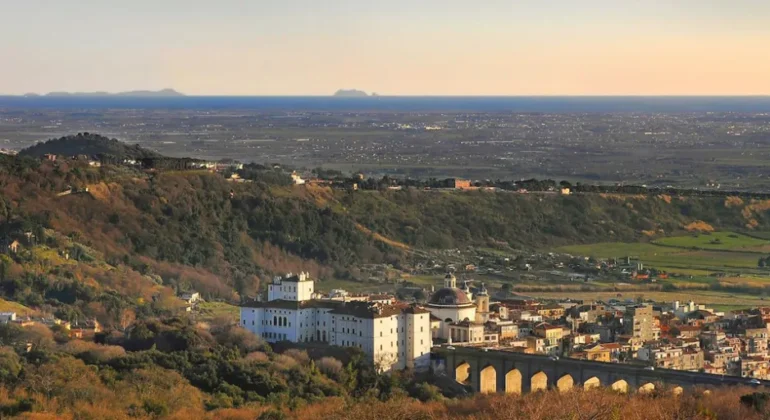
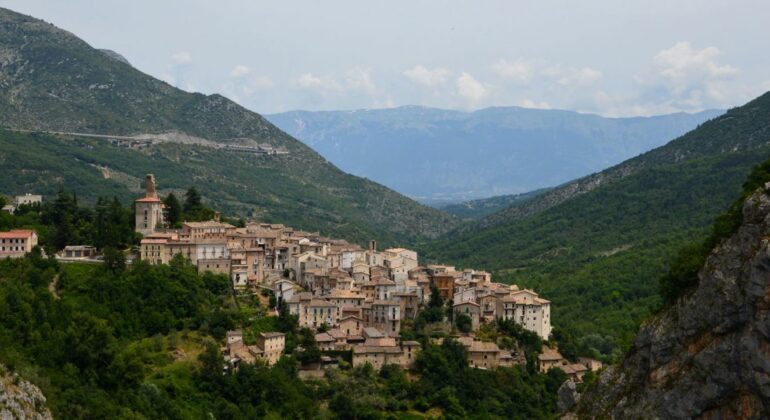
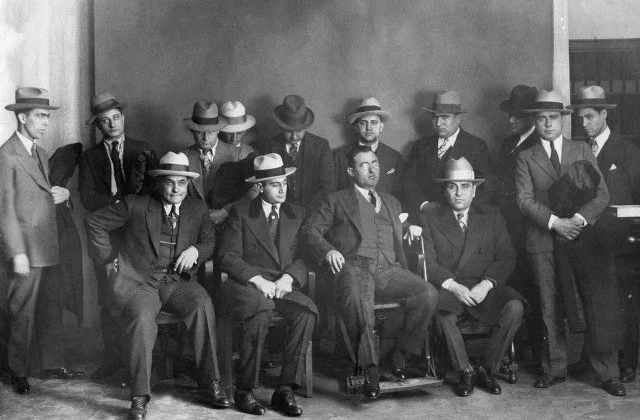
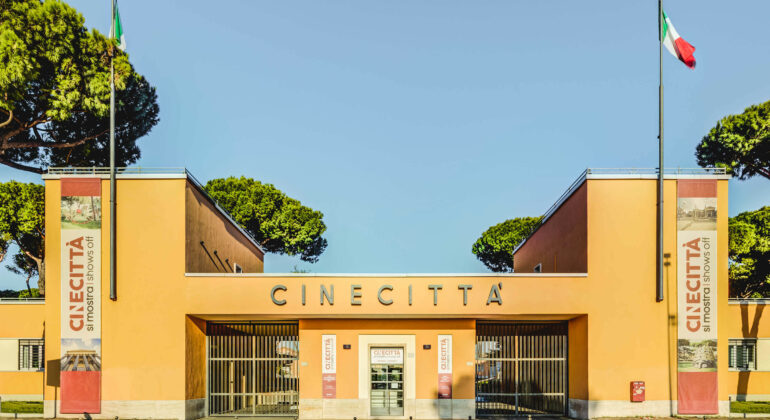
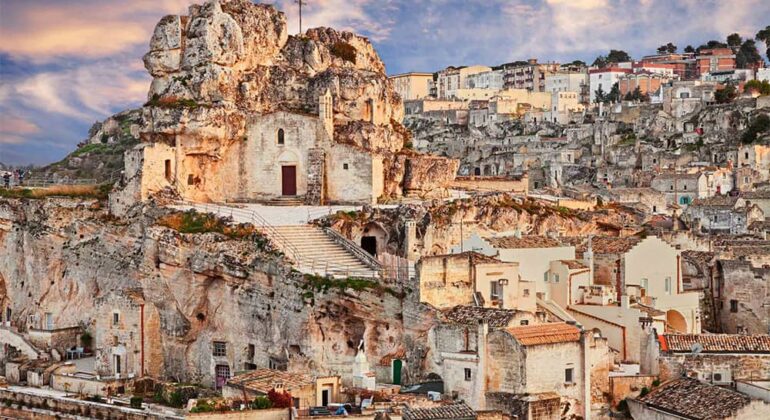




Recent Comments